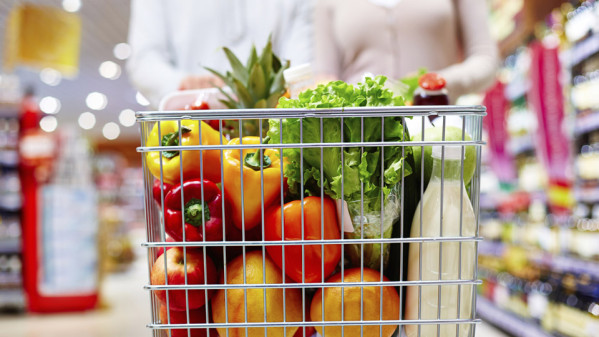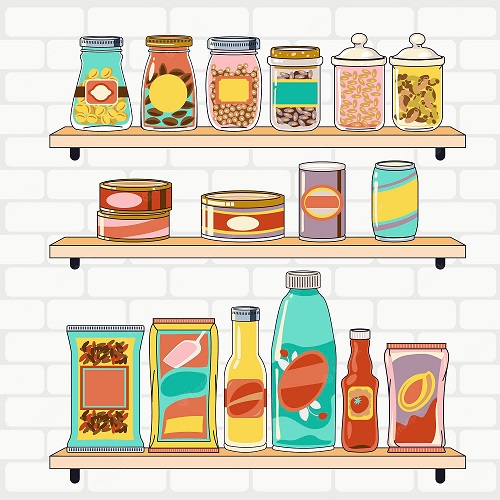
If you have recently decided to make some changes to your lifestyle and regain health then THE biggest area that required an overhaul was more than likely your grocery buying habits.
Simply put, if rubbish isn’t in your house then you can’t be tempted to eat it, right? Or perhaps you have some funky (somewhat mindless) habits going on in the supermarket that need a little attention with healthier substitute items as backups?
I have spoken before about how to plan to eat healthy meals but if we were to take a step back again and look at our habits that form what we bring home then not only will we be a smart shopper but a healthy shopper
7 Secrets to Healthy Grocery Shopping
1. Know your stores
Know which stores stock the best quality fruit, vegetables, and fresh meats. Perhaps that could mean visiting a few stores per week but if it makes your life healthier, in the long run, isn’t it worth it? I am yet to find a store that can do all 3 well. BUT I have my favourites all within proximity so I hit these each week with my list of groceries.
Aldi does a great range of organics – I buy honey, flours, yoghurts, nuts and meats. I have a great fruit and vegetable market nearby and for general groceries, it is simply Coles or Woolworths.
2. Know which isles to avoid
Sticking to the perimeters of the supermarket is what I like to call the safe zone. The more we enter the middle isles the more processed and crappy the food tends to become.
Don’t bother walking down each aisle – not only does it waste time but it’s hard to resist temptations just because you are tired or hungry. Which brings us to our next tip
3. Don’t shop hungry
Hitting the stores hungry is a catastrophe in the waiting. You will be relying on willpower which is not something we want to do.
If you’re super hungry grab a sushi roll on the way in or choose a banana to tide you over. I’ve tested this theory over and over and know for a fact how much more lenient I am on bringing treats home than if I went after a meal.
4. Have a list
Prepare your shopping list with items that make up your meal plans and stick to it. There is nothing worse than coming home with a couple of missed items so keep a list handy to jot down any used products that need replacing during the week. Tell everyone in your family about it too..
Sticking with a list again takes the willpower out of the equation and allows you to create new habits.
5. Be savvy and read food labels
This is your biggest ally in fighting the marketing food claims. Base your product choosing decisions on what the back of a food label says – forget what the jargon says on the front, there are serious loopholes everywhere and the consumers best interests are not at heart. Take control of your choices with knowledge.
6. Know what’s in season and cook accordingly
Having some of an idea of what fruit and vegetables are in season gives you a fair chance of knowing what’s available and what you can base your recipes on. It also ensures that what you are buying hasn’t been sitting in cold storage for a couple of months with little nutritional content. Buying frozen is a great alternative for stir-fry vegetable mixes and berries.
7. Know what is worth buying organic
It is wise to eat organic where possible but in some instances, it is going to just mean you’re forking out more money for no reason. Get clued in on the clean 15 and dirty dozen and do your own research in the effort of making your dollar stretch further. These lists are based on the number of pesticides that are used for certain fruit and vegetables, based on the number of predators and fungus the produce attracts. Find organic markets or even better grow your own. Organic coffee, wine, meats and dairy are certainly worth the extra bucks.
What tips can you add to the list?




